+14-28% Boost in Winter Strawberry Trial
AT A GLANCE
- Results
- Crop
- Farm
- Location
ABOUT THE PROJECT
In this study, the influence of spectral conversion under UbiGro quantum dot (QD) luminescent greenhouse films on plant growth and fruit yield of strawberry plants in winter was investigated.
UbiGro (600 nm) quantum dot (QD) greenhouse films were installed surrounding two 1.2 m x 1.2 m x 0.6 m (3.9 ft x 3.9 ft x 2.0 ft) growth modules located inside the College of Integrative Sciences and Arts Research Greenhouse (polycarbonate panels) at Arizona State University in Mesa, AZ. Two identical neighboring growth modules were built to serve as the Control group, using clear polyethylene terephthalate (PET) film to balance the light intensities and diffusivities between the four areas. Shade curtains (40%) were used on one pair of growth modules to explore a lower daily light integral (DLI) regime for cold weather crops.
Inside each module, day-neutral strawberry ‘Albion’ seedlings were grown in rockwool substrates for 14 weeks at 20°C with ambient sunlight, using 150 ppm Nitrogen fertilizer with pH of 5.5-6.0 and EC of 1.8 mS/cm. The 100-day experiment began on October 1st, 2020, and ended on January 8th, 2021. This study is part of ongoing research into strawberry plant cultivation under various environmental conditions.
LIGHT ENVIRONMENT
During the experiment period, the average daily light integrals (DLIs) were consistent between control and treatment groups, measured at 6 and 4 mol/m2/s under ambient and 40% shaded conditions, respectively. These DLIs are considerably lower than would be available during peak months, and as such, this study demonstrates the QD film’s performance over strawberries in low light levels (winter). This is particularly relevant for strawberry plants in winter and other cold weather crops. For both higher and lower DLI treatments, the light spectrum was characterized under the QD film and the control film, presented in the figure below.
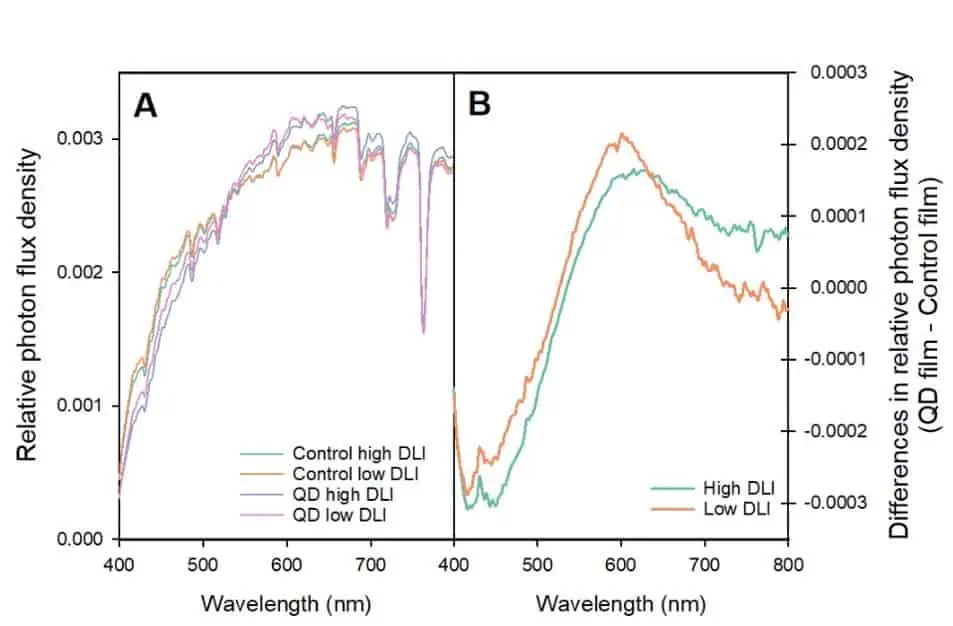
The QD luminescent film converts a portion of ultraviolet and blue into green and red light. The fractions of photosynthetically relevant wavebands are shown in the table below, along with the relative differences between the QD and control films for each DLI regime. Notably, % Blue is reduced by 12-15% and % Red is boosted by 4-5%, resulting in a reduction in B:R ratio of 16-19%. LED studies have shown that lower B:R ratios (as low as 0.05) have shown higher fresh and dry mass accumulation in strawberries. Far-red (FR) was also increased by 3% under the higher DLI. Recent studies have suggested that adding FR to a spectrum for strawberries is helpful in plant extension which improves light capture, which is crucial for strawberry plant cultivation.
The phytochrome photoequilibrium (PPE) values were similar under both film types. The PSS metric is a direct indication of the ability of a given horticultural spectrum (whether natural, artificial or a combination) to manipulate the phytochrome isoforms, which exist in two states, Pr (red) and Pfr (far-red). This indicates that the QD film is not making a major impact on the R:FR ratio, which is also evident in the table below.
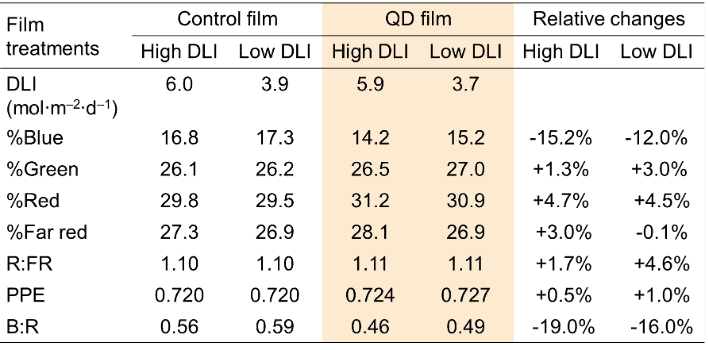
PLANT TRIAL RESULTS
Production, as measured by harvested fruit per area (kg/m2), was increased by +14% under ambient greenhouse light and +28% for 40% shaded greenhouse light. Analyzing the number, size, and weight of each fruit allowed the conclusion that this production increase was due to an increase in the average weight and size of each fruit. At lower DLI, the QD film increased average fresh fruit weight by 44% and the average fruit diameter by 18%. At higher DLI, the QD film increased average fruit fresh weight by 10% and the average fruit diameter by 8%, however these increases were not statistically significant.
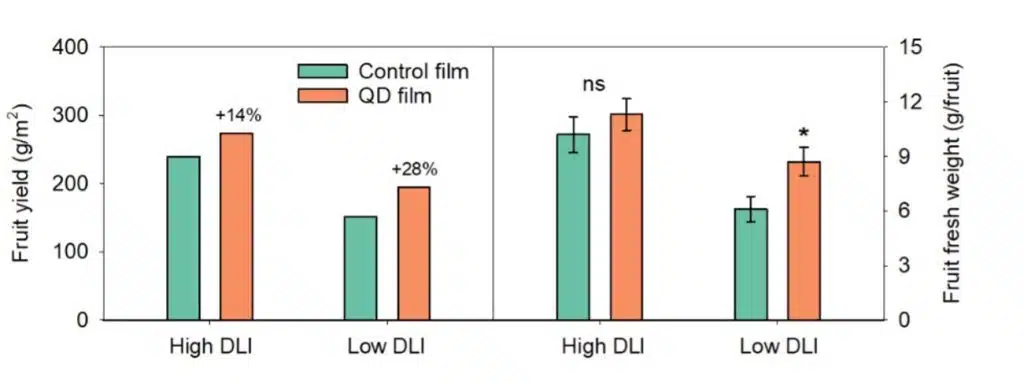
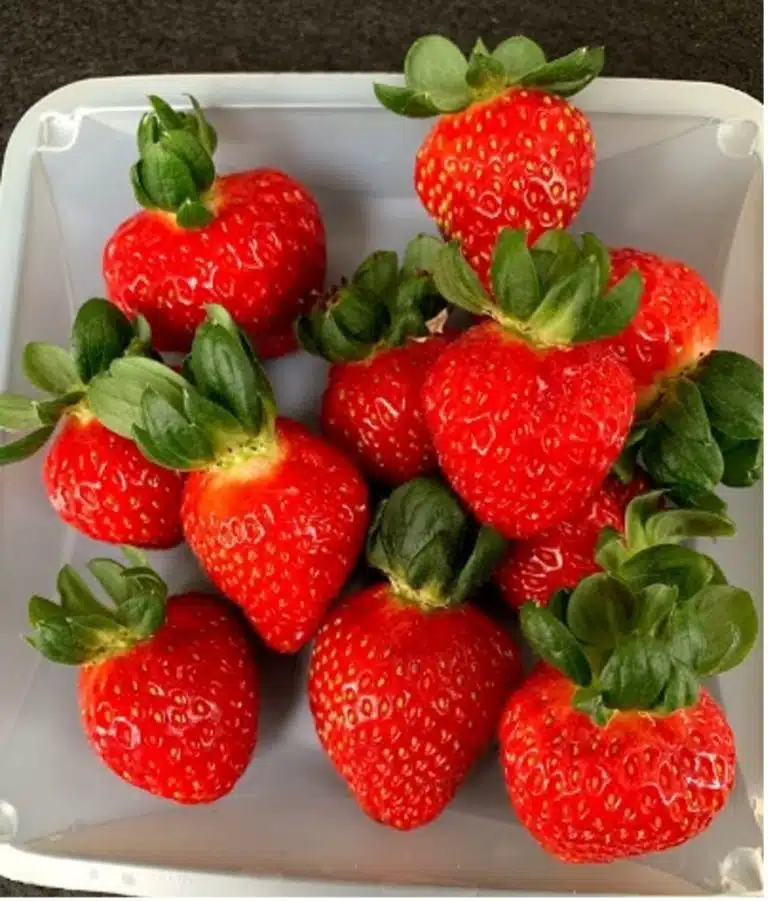
In general, growth metrics were similar for strawberry plants grown under both films at each DLI. Plant growth was quantified in terms of leaf number, crown diameters, plant diameter, leaf size, relative chlorophyll concentrations (SPAD index), and shoot fresh and dry weight. In each DLI regime, all plant growth parameters were similar under both film treatments. Similarly, we observed that at each DLI level, strawberry plants flowered and had fruits at similar times and they produced similar number of fruits and similar total fruit fresh weight per plant. These metrics are summarized in the table below.
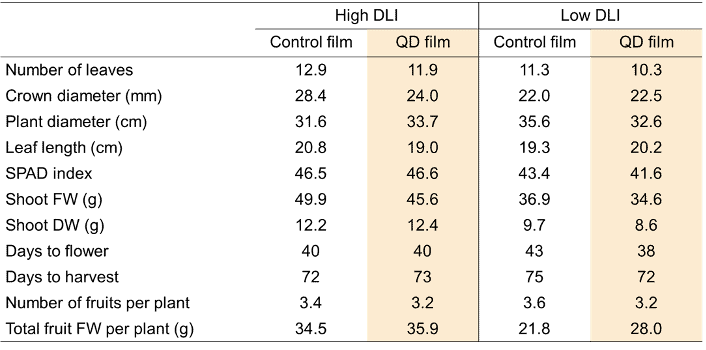
IN CONCLUSION
These results suggest that sunlight spectral conversion using a QD luminescent greenhouse film, resulting in an increase in R:B ratio compared to a control film, can improve greenhouse strawberry fruit production; the effect is more extreme under lower DLI conditions. The mechanism for this production increase appears to be larger and heavier fruits, not an increase in fruit number. This indicates that under the QD film spectrum, the plants put more energy into fruiting biomass compared to vegetative biomass. This low-light-level, winter study on strawberry production indicates that UbiGro could be beneficial for strawberry plants in winter, strawberries in northern climates, or during winter or low light conditions. While this was a small trial, the promising results beg future work on larger trials in strawberry plant cultivation for cold weather crops.
Acknowledgment
The authors thank Lassen Canyon Nursery for strawberry plant materials.
The Daily Light Integral (DLI) is the amount of photosynthetic light received in one square meter each day. The average DLI is a measure of the quantity of light received by a plant over a given duration. Naznin, M.T., Lefsrud, M., Gravel, V. and Hao, X. (2016). Using different ratios of red and blue LEDs to improve the growth of strawberry plants. Acta Hortic. 1134, 125-130
https://www.lighting.philips.com/main/cases/cases/horticulture/strawberry-grower-alain-lutz
Sager, J.C., Smith, W.O., Edwards, J.L., Cyr, L.L. 1988. Trans. Am. Soc. Agric. Eng. 31:1882–1889.
Share:
Share:
Connect With Us
Company
Resources

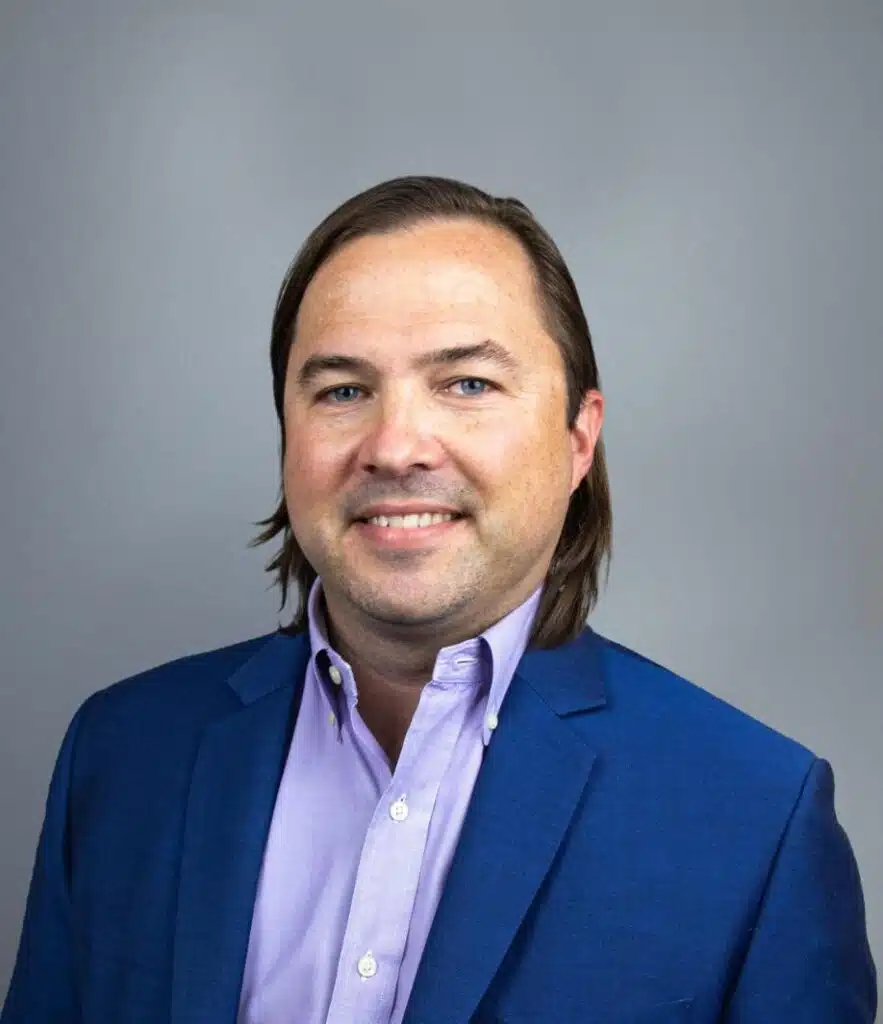
Hunter McDaniel, PhD
Founder & CEO
Hunter earned a Ph.D. in Materials Science and Engineering at the University of Illinois at Urbana-Champaign, before joining Los Alamos National Laboratory in the Chemistry Division. Ultimately the value proposition of UbiGro is about boosting crop yields and quality without the cost or energy impact of lighting. Hunter has more than fifty publications and patents, and more than 2000 total citations, h-index: 20. Hunter fundamentally believes that novel materials underpin every significant technology advancement, and he is focused on leveraging new materials to have a lasting and sustainable impact.

Damon Hebert, PhD
Director of Agriculture
Damon brings a wide range of experience in agriculture, materials science, spectroscopy, and small business. During his time in Prof. Angus Rockett’s research group at The University of Illinois at Urbana-Champaign (UIUC), Hebert authored a doctoral thesis and multiple papers on the materials science of CIGS semiconductor materials, which is closely related to the materials developed at UbiQD. He also served as a consultant to Nanosolar, a CIGS nanocrystal solar cell manufacturing company. Hebert has industry experience having co-founded Dr. Jolly’s, a leading cultivation and distribution operation in Bend, OR.
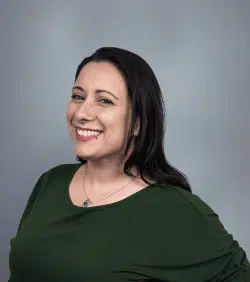
Tania Lafaille
Sales Representative
Tania is a UbiGro Sales Representative, with over 7 years of experience in product sales (specifically berries and avocados) covering all of North America and parts of South America. While in agriculture, Tania has cultivated strong relationships with growers and distributors, granting her a unique insight into both perspectives. That understanding, paired with her fierce dedication to results, drives her fun and fiery commitment to her craft. Tania is based in Gilroy, CA.
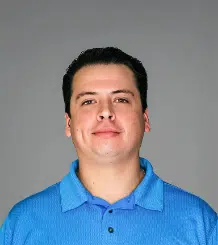
Tyler Veyna
Sales Representative
Tyler brings 15 years of experience in Greenhouse production and facility management of a wide range of crops in multiple states to the UbiGro team. Based in Salinas, California. “Being a fourth-generation farmer, I look to improve and empower the grower, and with UbiGro, we can do just that.”

Jim Gideon
Sales Manager
Jim Gideon is an UbiGro Sales Manager, with over 25 years of greenhouse industry sales experience covering all of North America. Previously Jim has worked for Green Tek, Plazit-Polygal, Texel, Cherry Creek, and Nexus. He is based in Montgomery, AL, and Jim believes that “light is everything to the grower.”

Eric Moody
Director of Sales
Eric Moody is UbiQD’s Director of UbiGro Sales. Eric has more than 6 years of experience in horticulture lighting industry, building relationships with greenhouse growers of all sizes and crops on optimal lighting for their growing operation, and most recently managed a North American sales team for PL Light Systems. Overall, Eric has been in sales leadership positions for more than 13 years. Eric brings with him a great understanding of the market and available technologies for growers, greenhouse facilities, and sales leadership. Reach Eric by phone at 541-490-6421 or by email at [email protected].

Mike Burrows, PhD
Dr. Michael Burrows is UbiQd’s Vice President of Business Development. His educational background includes a Materials Science doctorate from the University of Delaware and an MBA from Duke University Fuqua School of Business. His career has specialized in the commercialization of novel electronic materials in venture-run programs for different industries including solar, biosensors, and the automotive industry. In both start-up and corporate environments, he has extensive experience in global market development, foraging supply chain partnerships, productization, and brand building. He is currently leading UbiQD’s partnership efforts in luminescent greenhouse technology, smart windows, and security ventures.
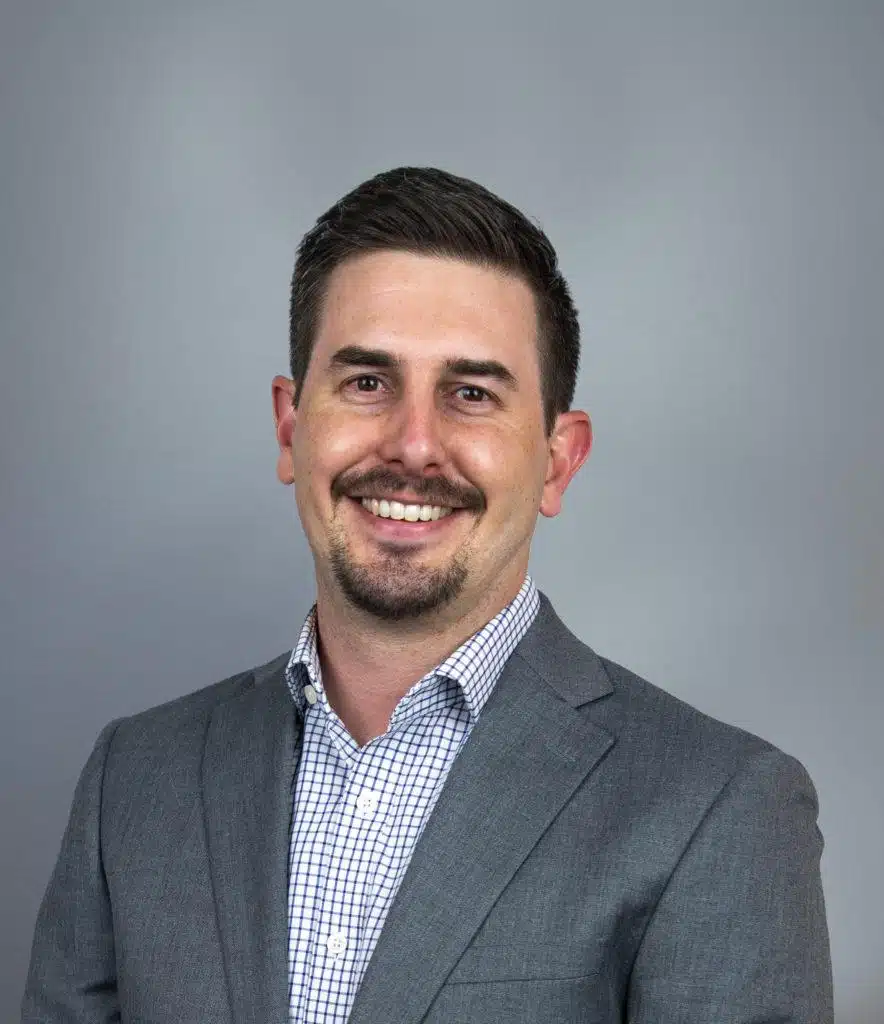
Matt Bergern, PhD
Cheif Product Officer
As Chief Product Officer at UbiQD, Dr. Matt Bergren leads the company’s product development efforts, sales, and product manufacturing, including the company’s first commercial agriculture product, UbiGro. He plays a critical role in continuing the company’s path of technology development and vision of powering product innovations in agriculture, clean energy, and security.
He serves as the principal investigator for UbiQD’s contract with NASA, focused on tailoring the solar spectrum for enhanced crop production for space missions. Dr. Bergren’s leadership experience includes serving on the board of directors for the New Mexico Energy Manufacturing Institute, focused on job creation in New Mexico’s energy, and related manufacturing community.

